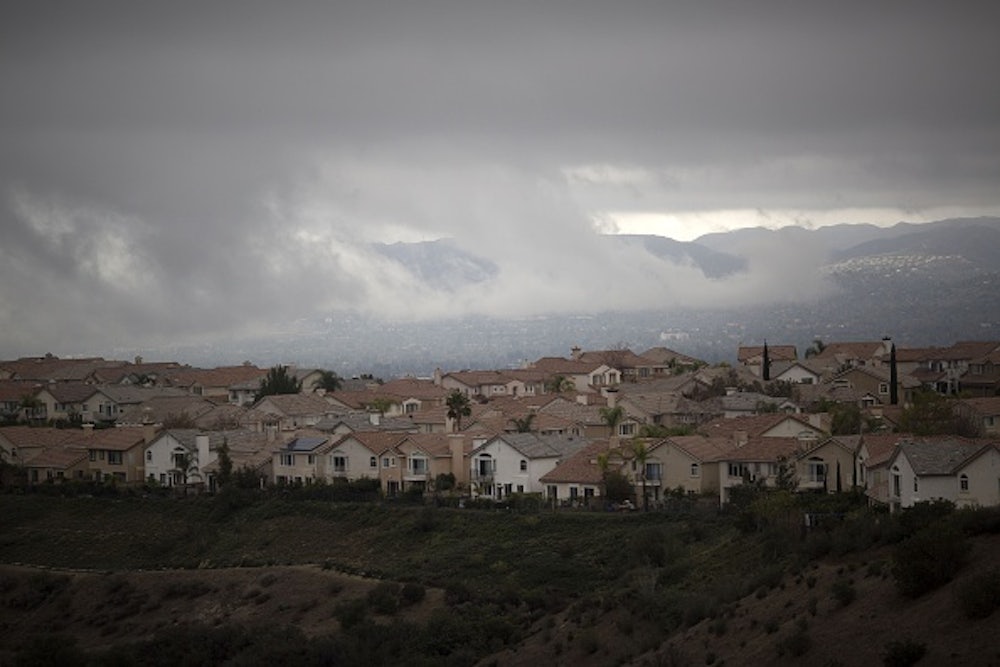Imagine a balloon the size of the Rose Bowl. At its peak, the amount of methane spewing from the ruptured well at the Aliso Canyon natural gas storage facility in California was enough to fill that balloon in the course of a day. Over 112 days, the leak poured 100,000 tons of methane—a greenhouse gas more harmful than carbon dioxide—into the air, according to the first study of the entire leak by a team of researchers from UC-Irvine, UC-Davis, the National Oceanic & Atmospheric Administration, and elsewhere.
The study found the leak’s pollution to be equivalent to annual emissions from half a million cars. At its highest level, methane from the site was double the methane emissions from the entire Los Angeles basin. In total, the amount released equaled one quarter of all methane pollution from every other source in the L.A. basin for the entire year.
In short, this leak was absolutely devastating. And it wasn’t an isolated incident.
UC-Irvine released another report yesterday that surveyed the “ever-present dome of methane that hovers over the region” of Los Angeles, Orange, and Riverside counties. That research underscores how “ubiquitous” small leaks contribute to methane pollution throughout the area. A researcher from Boston University has measured similar small leaks throughout Boston and Washington, D.C.
Earlier this week, the EPA released draft revisions of the U.S. greenhouse gas emissions inventory, revising its calculations of emissions from 2013. According to the agency, methane emissions that year were 27 percent higher than originally thought. And these counts don’t even include “super-emitters”—unpredictable, large-scale events like Aliso Canyon.
The largest source of methane in the United States comes from natural gas and petroleum, stoking concerns that natural gas, which has been billed as a cleaner alternative to crude, is doing more harm than good by releasing more methane into the atmosphere, both at the extraction and combustion phases. (Remember, extraction of natural gas has exploded in the fracking era.)

Furthermore, just eight out of 8,000 U.S. natural gas producers voluntarily disclose methane emissions, forcing the EPA to cobble together research from a variety of sources. The Environmental Defense Fund claims that the country’s methane emissions could be anywhere from 25 to 75 percent higher than the EPA’s correction. A Stanford study in 2014 claimed emissions could be 50 percent higher than standard projections.
Since the Aliso Canyon leak, regulations in Los Angeles have been blasted for being insufficient. But it’s a nationwide problem: Reporting procedures for methane pollution throughout the United States have been found to be lacking. Improving measurement was an aspect of the 2014 Climate Action Plan, but the EPA proposed the first federal regulations—which said oil and gas companies would have to track and limit their methane emissions—just last year. President Barack Obama last year also proposed methane emission cuts of 40 to 45 percent from 2012 levels by 2025.
The Aliso Canyon case is a cautionary tale in how these regulations are playing out. And the studies demonstrating tiny bundles of leaks throughout cities illustrate how less-dramatic emissions can be just as devastating to the environment.
For now, the Aliso Canyon facility will remain closed, likely for months or more, until stringent tests determine it is safe to reopen. Hopefully, more stringent regulations will also be applied to other areas in southern California and the rest of the country.
